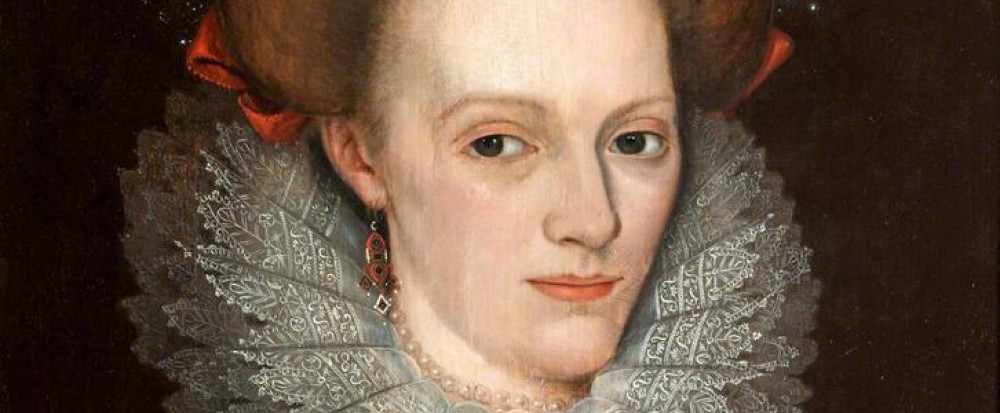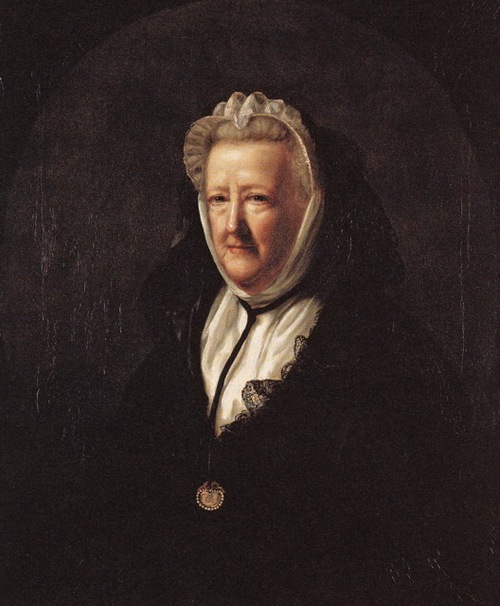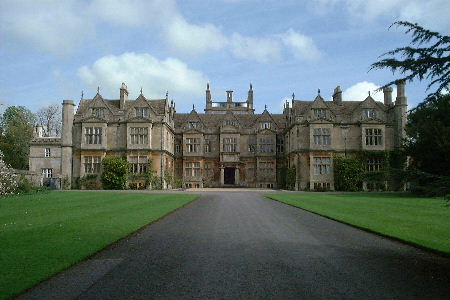It has to be said that the St John men didn’t make very good husbands, but that didn’t stop them from trying! Frederick St John enjoyed a distinguished military career and lived to the age of 79. He married three times, yet very little is known about any of his wives.
Frederick was the second son of that ill fated match between Frederick, 2nd Viscount Bolingbroke and Lady Diana Spencer. His parents’ marriage ended in scandal and divorce, but that was nothing compared to the antics of his elder brother. George Richard St John deserted his first wife, had an incestuous affair and four sons with his half sister and duped his second wife into thinking their marriage was legal.
Like so many second sons Frederick’s destiny was the army. He entered as an ensign in the 85th Foot in 1779 aged just 14 years old and quickly climbed the military career ladder becoming lieutenant, captain and then major in the 104th Ft. Frederick served as a subaltern in the West Indies until 1781 and then as a captain in Jersey and Guernsey, until 1783.
Frederick married the first of his three wives at his mother’s Twickenham home by special licence on December 9, 1788. Lady Mary Kerr was the third daughter of William John Kerr, 5th Marquess of Lothian and his wife Elizabeth Fortescue. Although little is known of Lady Mary, a friend of letter writer and artist Mary Granville, Mrs Delany, it can be assumed that she was no dullard.
This first marriage was a short one as Mary died giving birth to a son Robert William on February 5, 1791. Her body was brought to the St John family home at Lydiard Park and she was buried in the family vault at St Mary’s Church.
Described by the Prince of Wales as ‘one of the most amiable young men I know,’ the compliment raises more questions about Frederick’s character than it answers. Others described him as vain and after a spot of political meddling, Frederick continued with his much more successful military career.
On April 6, 1793 he married 18 year old Arabella Craven, third daughter of William Craven 6th Earl Craven of Hampstead Marshall. Arabella could trace her maternal ancestry back to Charles Lennox, Duke of Richmond, the illegitimate son of Charles II and his mistress Louise Kerouaille, Duchess of Portsmouth. Arabella’s mother, Elizabeth Berkeley seems to have inherited a generous dollop of Old Rowley’s roving genes. Elizabeth left Arabella’s father to travel the continent, eventually settling down with the Margrave of Anspach whom she married after the death of her husband. A writer of satirical plays, she penned numerous comedies including Somnabule; a musical farce called Silver Tankard and Miniature Picture.
Frederick and Arabella had three sons, George William born 1796; George Frederick Berkley 1797 and Henry John in 1798. The following year Frederick returned to India where he was to serve for another six years. No further children were born between 1798 and 1805 suggesting that Arabella did not accompany her husband. In 1807 a daughter Maria Arabella was baptised at the parish church in Ogbourne St Andrew, a village two miles north of Marlborough on the road to Swindon. A further five babies were baptised at this church suggesting the couple lived close by, just a few miles from the mansion house at Lydiard Tregoze.
Arabella died at her Grosvenor Place, her London home, on June 9, 1819 aged 45 and like Frederick’s first wife, was buried in the family vault at St Mary’s, Lydiard Tregoze.
Frederick tried his luck in the political stakes and was returned MP for Oxford in 1818. It was but a brief adventure, and he was defeated at the poll in 1820, after which he decided not to re-enter Parliament.
But he wasn’t past giving marriage another go, this time to Caroline Parsons, more than 25 years his junior. The couple were married on November 14, 1821 at Godstone, Surrey and made their home in Brighthelmstone, Sussex where their two sons Henry Edward and Welbore William Oliver, were born.
Frederick died on November 19, 1844, the second senior general in the army. His third wife survived him by more than 25 years.
Frederick’s service is detailed in the East India Military Calender recording that ...’he was in command for 4 years of the principal depot, Caunpoor; and where he formed the army for the field, by the most constant and unwearied instruction; and when that army was reviewed by the Marquess Wellesley, he received the most marked public thanks in general orders, for having rendered it efficient, both in movement and discipline, beyond his lordship’s utmost hopes. He likewise served as second in command under Lord Lake, throughout the Mahratta campaigns, and commanded the left wing of the army. At the battle of Delhi, his services were of the highest important. At a critical moment, he charged, with his wing of sepoys, the whole of the enemy’s artillery, consisting of 100 pieces, (chiefly 18 pounder cannonades) and at the moment enfilading the British advance. Lord Lake, in his despatch to the Governor General, observes, “Major Gen. St John was opposed to the enemy’s right; the steadiness and ability displayed by the Honourable the Major General, quickly surmounted every difficulty, and forced the enemy to retire with very heavy loss.”
He was also present at the siege of Agra, where he was chosen to drive in a sortie made by the enemy. The Com. In Chief, in his despatch on this occasion, thus notices his services – “My thanks are due to the Hon. Major Gen St John, for his spirited conduct in advancing at the head of the 2d batt. 2d N.I. which I found it necessary to order up to support the attack.”
Sadly his three wives form just a footnote in the St John family history. If Lady Mary Kerr had survived childbirth, would we have learned more about her life? If Arabella Craven had followed the most popular female family occupation, would we know more about her personality? Despite more than twenty years of marriage we know next to nothing about Caroline Parsons. And of the three women, I have only been able to discover one portrait, that of Arabella as a child with her nurse.












































